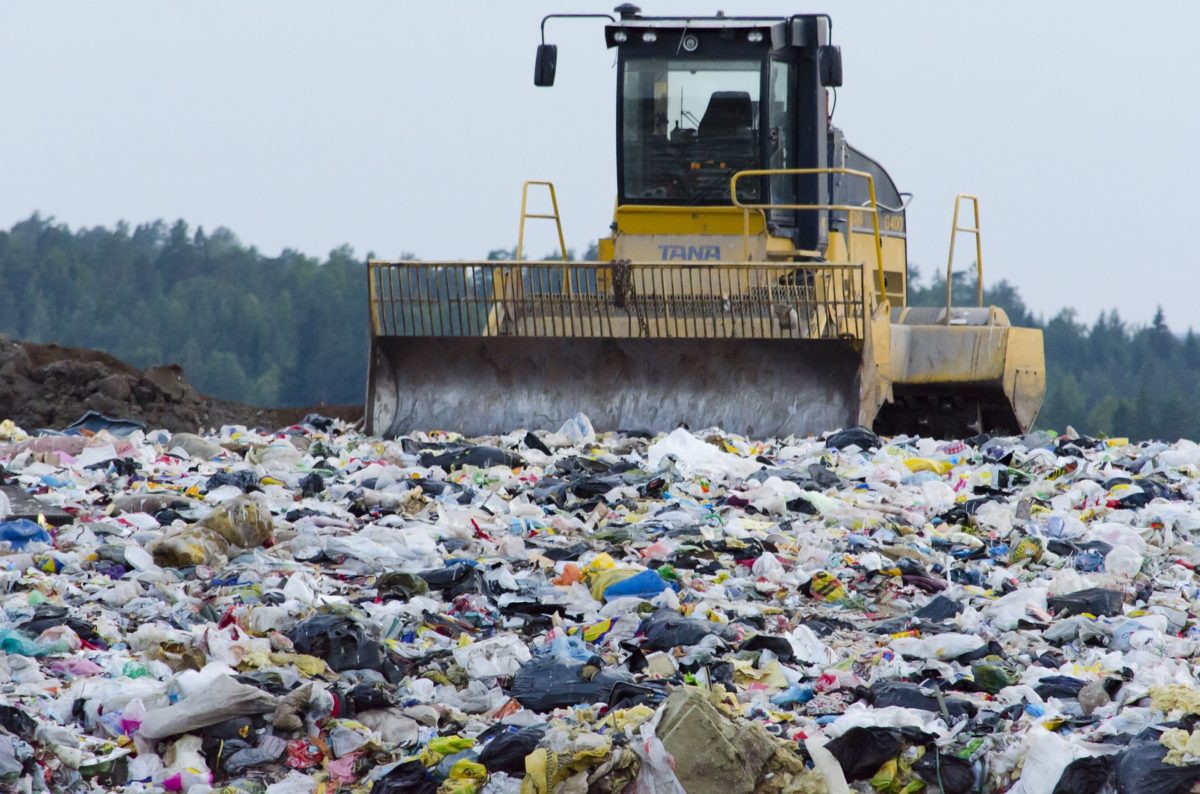According to the report, ‘End of life management solar photovoltaic panels’, published by the International Renewable Energy Agency in 2016, there will be more than 78 million tonnes of cumulative PV waste material by 2050, the value of which could exceed US$15 billion were it recycled and inserted back into the supply chain.
Looking to get ahead of this problem, expected to become visible from the 2030s onwards, the EU has provided funding to a project for the recycling of silicon solar panels. As part of the project, Geltz Umelt-Technology, a company based in Southern Germany with expertise in waste water treatment, precious metal recovery and other areas, has developed a facility that could greatly increase the amount of reusable materials recovered from a silicon PV module at the end of its life.
“The pilot plant is currently in the testing phase,” says Fabian Geltz, Managing Director at Geltz Umwelt Technologie. “The capacity of the plant per operating cycle is raised slowly to ensure a save operation in test phase and gaining data for further optimization.”
The project’s partners developed an energy efficient pyrolysis process, which destroys unwanted polymer layers and allows the separation of multiple materials, including aluminium, glass, silver, copper, tin and silicon.
“The biggest challenge is to destroy the troublesome polymer layers, which make mechanical separation impossible,” Geltz told pv magazine. “After destroying the polymers via pyrolysis, the remaining materials can be separated without huge effort with state-of-the-art mechanical separation processes. Another challenge is to recycle the valuable metals as complete as possible with high purity.”
The polymer layers Geltz refers to are primarily the backsheet and encapsulant material, which have long been the most problematic components when it comes to module recycling. “They are gasified with the pyrolysis process, then burnt in a thermal afterburner under exotherm conditions,” explains Geltz. “The generated heat can be used to preheat the next pyrolysis cycle, which is not implemented in the pilot unit, but is planned to be used in the first stage of expansion with a second reactor.”
Geltz adds that toxic chemicals resulting from the pyrolysis process are also dealt with at the recycling plant. “To prevent the creation of dioxines, the hot exhaust gas is quenched through the temperature spectrum, in which dioxines can be formed. Created hydrofluoric acid is neutralized by gas scrubbing.”
After further testing to optimize process parameters, the project’s partners estimate that the pilot facility could process up to 50,000 end of life modules per year, recovering more than 95% of recyclable materials. Assuming full capacity operation until the end of 2018, Geltz said he expects the plant to reach break-even point some time in 2019.
This content is protected by copyright and may not be reused. If you want to cooperate with us and would like to reuse some of our content, please contact: editors@pv-magazine.com.




2 comments
By submitting this form you agree to pv magazine using your data for the purposes of publishing your comment.
Your personal data will only be disclosed or otherwise transmitted to third parties for the purposes of spam filtering or if this is necessary for technical maintenance of the website. Any other transfer to third parties will not take place unless this is justified on the basis of applicable data protection regulations or if pv magazine is legally obliged to do so.
You may revoke this consent at any time with effect for the future, in which case your personal data will be deleted immediately. Otherwise, your data will be deleted if pv magazine has processed your request or the purpose of data storage is fulfilled.
Further information on data privacy can be found in our Data Protection Policy.